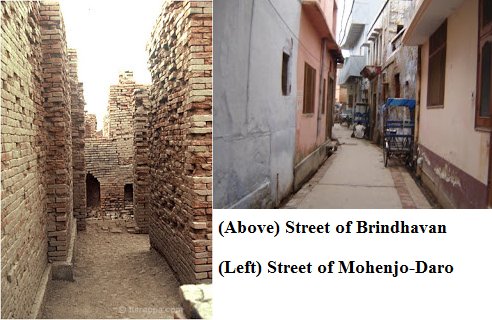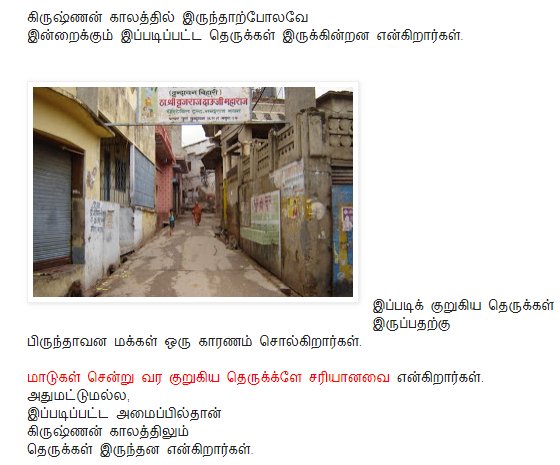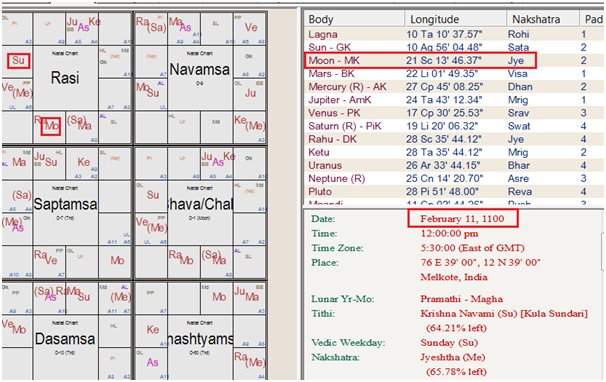Posted my 5th article in the series on Ramanuja to prove that his life-events are true and historically tenable. This is on the persecution part: jayasreesaranathan.blogspot.com/2018/09/ramanu… #Ramanuja #RamanujaRealityNotMyth
Though historians are not ready to accept literary sources as evidences, they have relied on 2 crucial issues of Chola history on only literary sources. 

Kurattazhwar disguised himself as Ramanuja by donning his robes and went after the emissaries accompanied by Periya Nambhi. From 6000 padi text we come to know that the king was at a military camp (padai veedu /படை வீடு) at Gangaikonda Cholapuram at that time.
Agitated by the retort given by Kurattazhwar and the non-compliance of the two to sign the undertaking, the king ordered his men to pluck their eyes.
In the same year an inscription in Kannada with a prasasti on Vikramaditya VI appears in Srirangam. What could have been the background of this inscription? Read the details in jayasreesaranathan.blogspot.com/2018/09/ramanu… @VelukkudiK @ramapriya1989 @ThanjaiMadhavan @muthushiv @kalyan97 

Previous articles
1 - Modern vs Traditional approach to history jayasreesaranathan.blogspot.com/2018/07/ramanu…
Part 2 - The Muslim King at the time of Ramanuja jayasreesaranathan.blogspot.com/2018/07/ramanu…
Part 3 - Muslim invasion at Melkote jayasreesaranathan.blogspot.com/2018/07/ramanu…
Part 4 - Proof of Delhi visit jayasreesaranathan.blogspot.com/2018/08/ramanu…
1 - Modern vs Traditional approach to history jayasreesaranathan.blogspot.com/2018/07/ramanu…
Part 2 - The Muslim King at the time of Ramanuja jayasreesaranathan.blogspot.com/2018/07/ramanu…
Part 3 - Muslim invasion at Melkote jayasreesaranathan.blogspot.com/2018/07/ramanu…
Part 4 - Proof of Delhi visit jayasreesaranathan.blogspot.com/2018/08/ramanu…
• • •
Missing some Tweet in this thread? You can try to
force a refresh





























